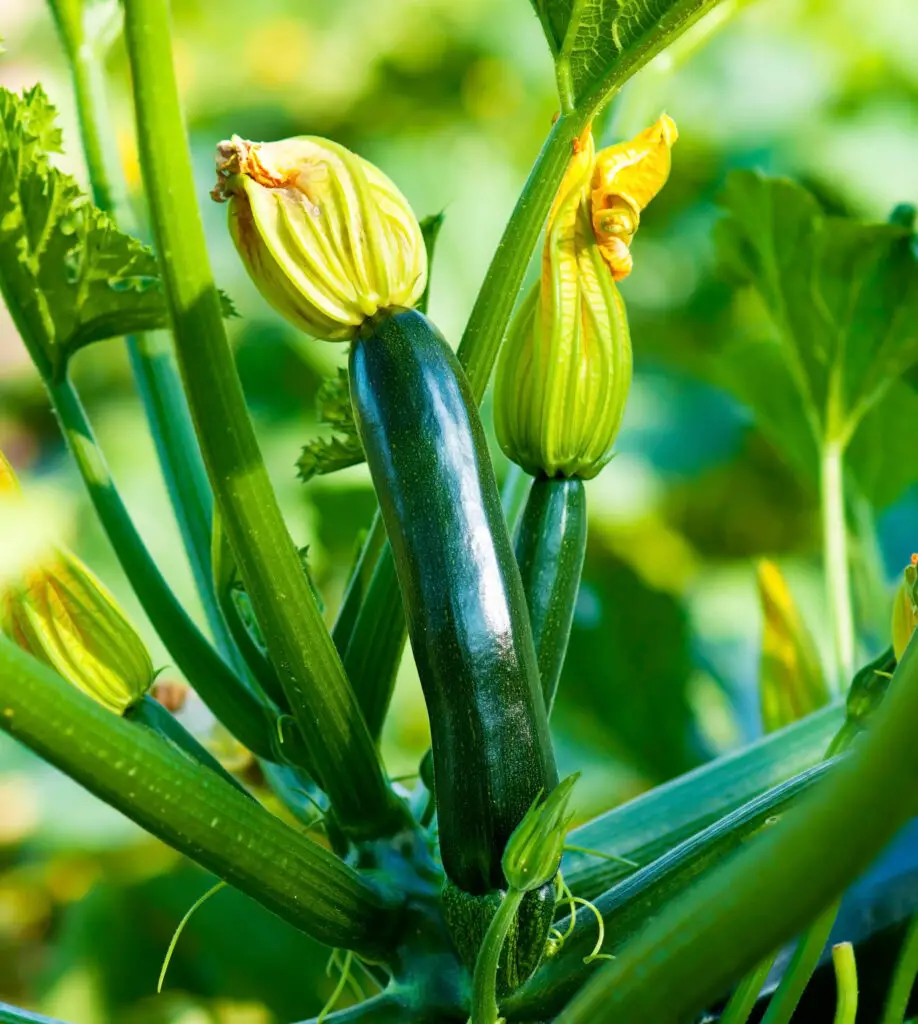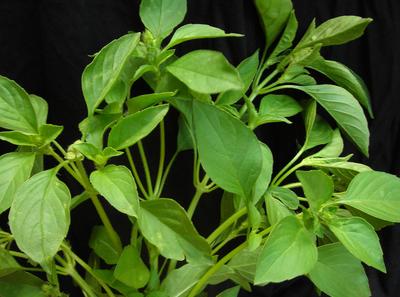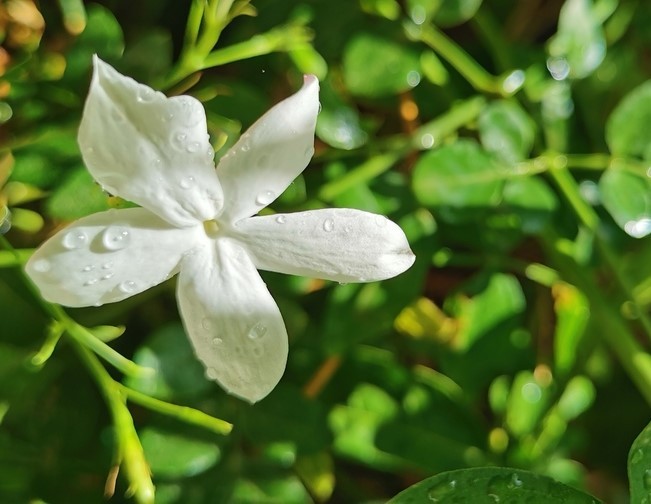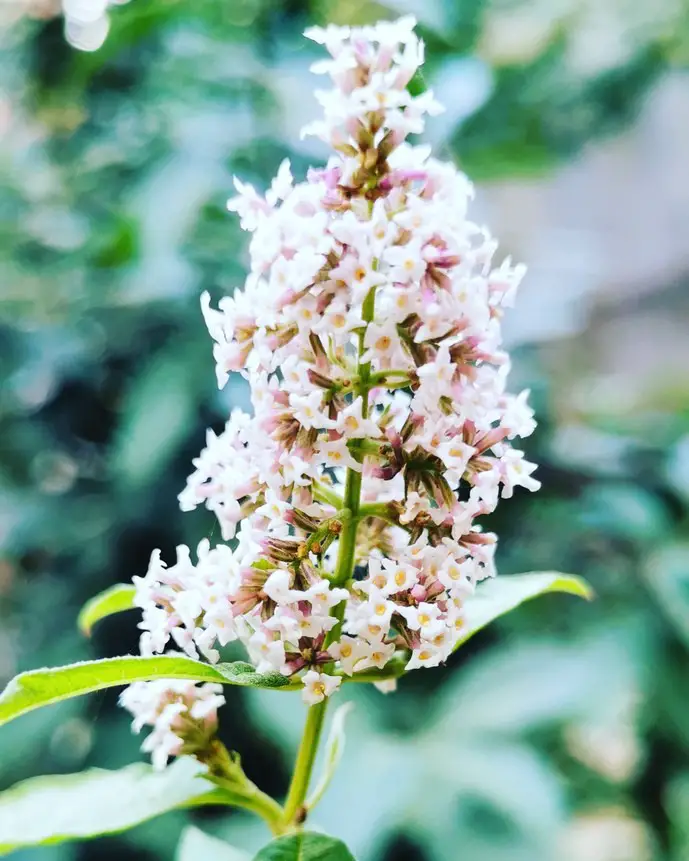If you’re a fan of mandarins, you might have thought about planting your own citrus tree at home. It’s a great way to have a constant supply of fresh, juicy fruits without having to go to the grocery store. But where do you start? Well, the answer is simple: start to collect mandarin or seeds for planting.
Collecting orange seeds is a fun and easy activity that you can do with your family or friends. Or if you’re like me, you can just enjoy doing this type of activity alone. All you need is fresh, ripe fruits, and a little bit of patience.
Collect Mandarin Seeds for Planting
Here are the steps to Collect seeds from mandarin oranges using the seedling method:
- Choose the right mandarin: Look for one that is ripe and juicy. Make sure it’s a good-quality Mandarin and not a dry or overripe one.
- Cut the mandarin: Cut the fruit in half with a sharp knife. Be careful not to cut the seeds inside.
- Obtain fresh seeds: Obtain fresh seeds from the mandarin oranges you want to grow. The seeds should be removed from the fruit and cleaned of any pulp or debris. You can use a spoon to scoop out the seeds from the mandarine to make the process easier.
- It’s important to use fresh seeds, as older seeds may not germinate as well.
- Clean the seeds: Mandarin orange seeds are slimy because of a substance called pectin. Since pectin has germination inhibitors, we need to get rid of it. To do so, wash off the seeds thoroughly.
- Dry the seeds: Spread the seeds out on a paper towel and let them dry for a few days. Make sure they are completely dry before planting.
Plant the mandarin seeds you collected
Now that you have your seeds, it’s time to plant them. Here are some tips to help you get started:
- Prepare the soil: Fill a small pot with a well-draining potting mix. You can buy special citrus soil or you can make your own potting mix by combining equal parts of peat moss, perlite, and vermiculite.
- Plant the seeds: Make a small hole in the soil with your finger, about 1 inch deep. Place one seed in the hole and cover it with soil. Water the soil until it’s evenly moist.
- Provide adequate lighting: Place the pot in a bright, sunny location, such as a windowsill. The seedlings need at least six hours of direct sunlight per day, so make sure to choose a spot that receives plenty of light.
- Water and fertilize regularly: Keep the soil moist by watering the plant regularly, but make sure not to overwater, as this can lead to root rot. You can also fertilize the plant once a month with a balanced fertilizer.
- Transplant the seedlings: After a few months, the seedlings should be large enough to transplant to a larger pot or into the ground. And again, choose a location with plenty of sunlight.
- Monitor the plant: Keep an eye on the plant for any signs of pests or disease. If you notice any issues, treat them promptly to prevent the problem from spreading.
- Lastly, wait patiently: Growing mandarin oranges from seeds can be a fun and rewarding project. Though, citrus trees can take several years to grow and produce fruit. Be patient and enjoy watching your tree grow.
Note:
- You can also germinate the seeds on a dampened paper tissue.
- This method works also with some other citrus fruits such as clementines, Amanatsu, Bankan, and Grapefruits
More Detailed Tips on Growing Mandarin Seeds
The best time to plant mandarin seeds
The best time to plant mandarin seeds depends on the climate in your region. In general, mandarin seeds should be planted in the spring or summer, when temperatures are warm and the soil is moist.
If you live in a tropical or subtropical region where mandarins are native, you can plant the seeds year-round. However, if you live in a cooler climate, it is best to plant mandarin seeds in the late spring or early summer, after the danger of frost has passed.
It is also important to note that mandarin seeds take a long time to germinate, and even longer to produce fruit. So, if you want to enjoy the fruits of your labor sooner, you might consider starting with a young mandarin tree instead of planting seeds.
The germination process of the mandarin seeds
The germination rate of mandarin seeds is good. From my experience, around 70% of the seeds have germinated.
Some people tend to peel the seeds thinking they would germinate better. However, it’s not recommended to peel the seeds as the thin outer layer of the seed coat, known as the testa, helps protect the seed and retain moisture during germination.
To germinate mandarin seeds, it’s best to soak them in warm water for 24 hours to soften the seed coat and promote germination. After soaking, the seeds can be planted in a well-draining potting mix or seed-starting mix, with the pointed end of the seed facing down and the top of the seed just below the surface of the soil. Keep the soil consistently moist and place the container in a warm and bright location, but not in direct sunlight.
It’s important to note that mandarin seeds may not produce true-to-type plants. This means that the resulting plants may not have the same characteristics as the parent plant, especially if the parent plant was a hybrid or crossbred variety. For this reason, many citrus trees are grown from cuttings or grafted onto rootstocks to ensure that the resulting plant will have the desired traits.
Is growing Mandarins Similar to growing oranges?
oranges and mandarins have slightly different requirements when it comes to soil and water. Both prefer well-draining soil and need regular watering, but mandarins are more tolerant of soil that is slightly alkaline or salty. Oranges, on the other hand, prefer slightly acidic soil and may suffer if the soil is too alkaline.
Another important main difference is that mandarins prefer to grow in a moist warm area while oranges prefer a cooler and drier place.
There are some differences in the way that oranges and mandarins are pruned. Mandarins are typically pruned to maintain a compact shape, while oranges may require more extensive pruning to promote healthy growth and fruit production.
In general, the process of growing oranges and mandarins is similar, and many of the same tips and techniques can be applied to both. However, it’s important to keep in mind the specific needs of each fruit to ensure the best possible results.
Subscribe to our free weekly newsletter for more gardening tips and make sure to share with your friends on our socials




